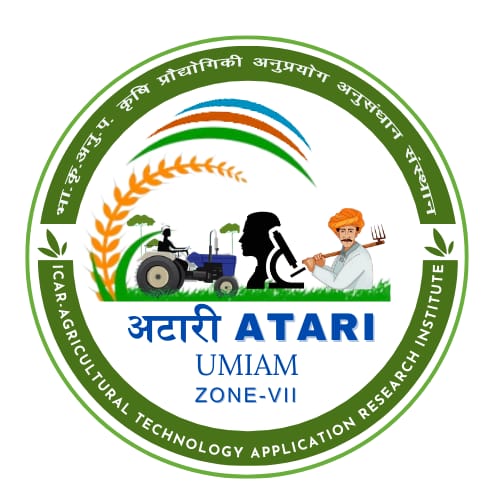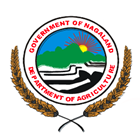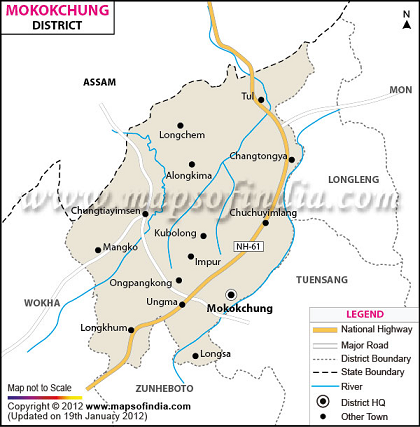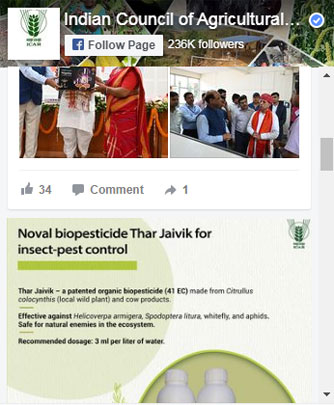
कृषि विज्ञान केंद्र, मोकोकचुंग,नागालैंड





DISTRICT PROFILE
Mokokchung district is inhabited by the Ao Naga and is situated on the western region of Nagaland. The district is bounded by the state of Assam on the north and northwest, Longleng and Tuensang district on the east, Zunheboto district on the south and Wokha district on the west. The district lies between 93053’ and 94053’ East Longitude and 25056 and 27040’ North Latitude. The altitude of the district ranges from 150 to 1650 msl covering a geographical area of 1615sq. km. The district is characterized by low land and mid slopes with varying degree of slopes and having sub-montane climate, foothills with undulating to rolling topography and with warm sub-tropical climate, mountains and hilly terrain covered with vegetation. It enjoys three seasons viz. summer (March-May), Monsoon (June -September) and winter (October - February). The district receives an average annual rainfall of 209.09mm and the average temperature in the three seasons are 27.9, 21.34 and 25.86 respectively.
The major soils in Mokokchung are alluvial soil, non-laterite red soil and forest soil. The soil is loamy in texture with good nutrient content but is mostly (81.25%) acidic. The district is endowed with many rivers such as Tsΰrang, Milak, Dikhu, Tsΰmok, Menΰng and streams like Ailang, Alachila, Alushi, Tsΰrong, Tsΰpen etc; however, agriculture is still mostly dependent on rain.
The district has a population of 1,94,622 with a density of 121 per sq km and with 71% living in the rural areas. It has an impressive and the highest literacy rate of 91.62% in the state. The are 118 villages/compounds in the district spreading across 9 blocks. Moatsΰ and Tsΰngremong are the major festivals celebrated by the people of the district.
The district is classified into three Agro-ecological situations based on altitude viz. AES I (below 500msl), AES II (500-1000msl) and AES III (above 1000 msl) with Longpayimsen, Aliba and Longsa village selected as representative village under the three AES.
Agriculture plays a major part in the economy of the district. Some of the major field crops of the district are rice, maize, tuber crops, soyabean, mustard and pea while orange, tea and coffee are the major cash crops of the district. Pig and poultry rearing are the most popular activities under livestock and these are mostly integrated with food production.

